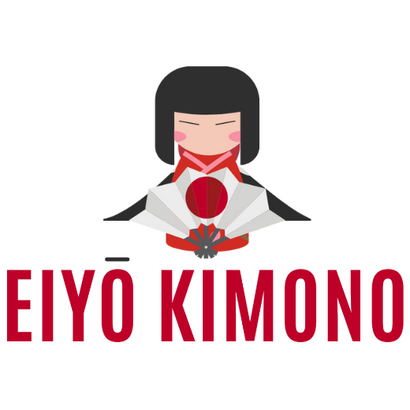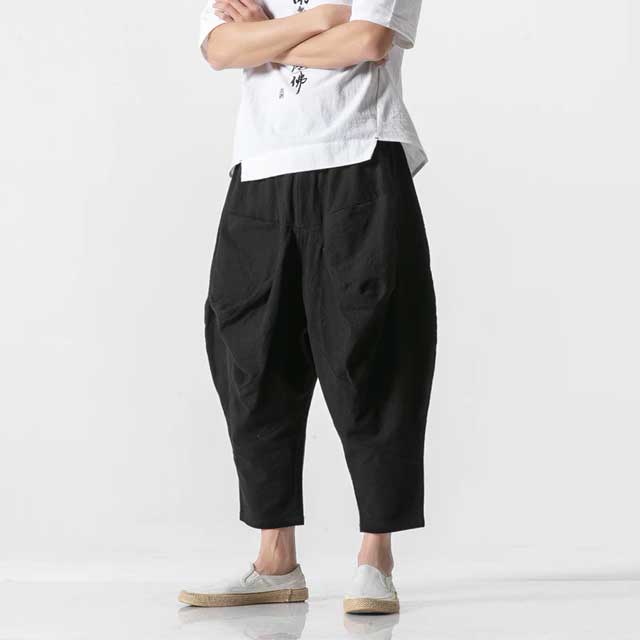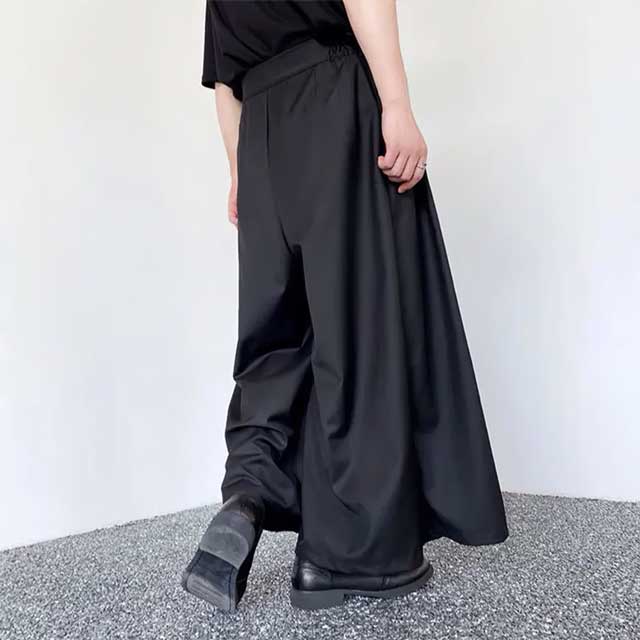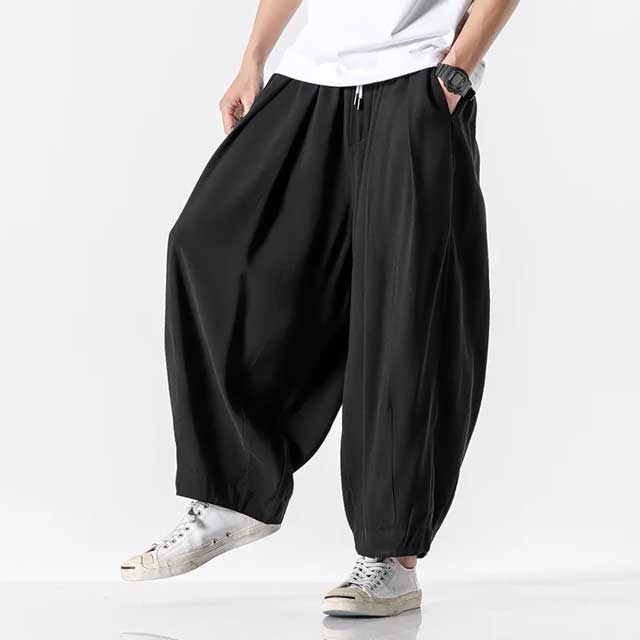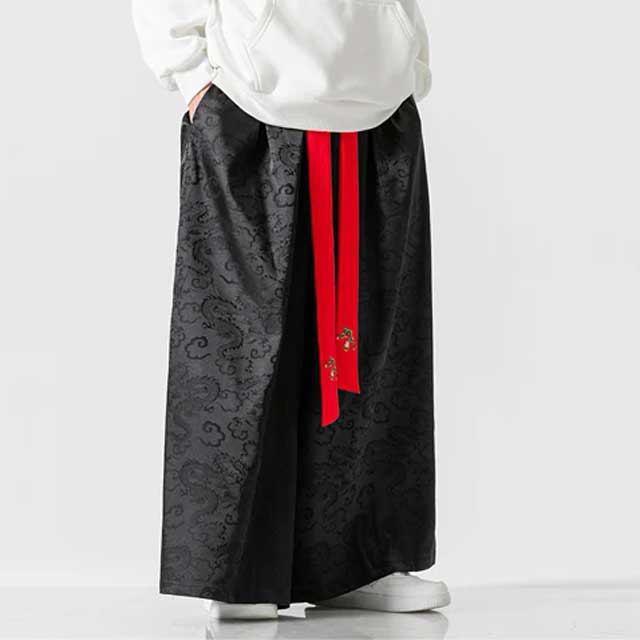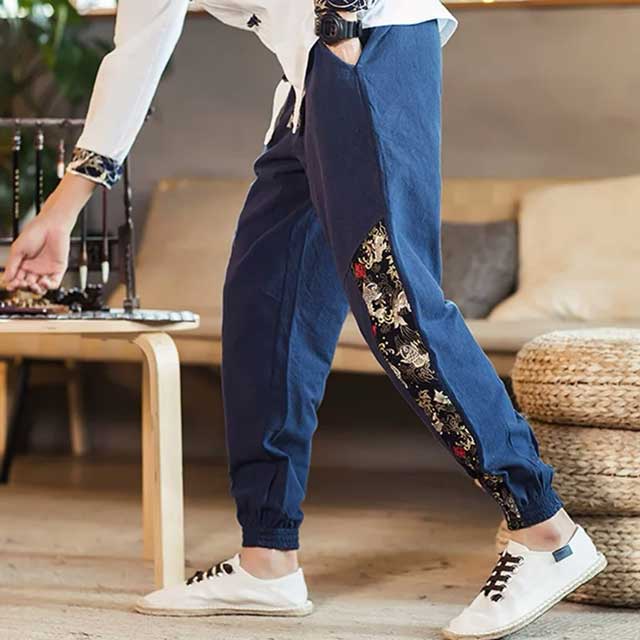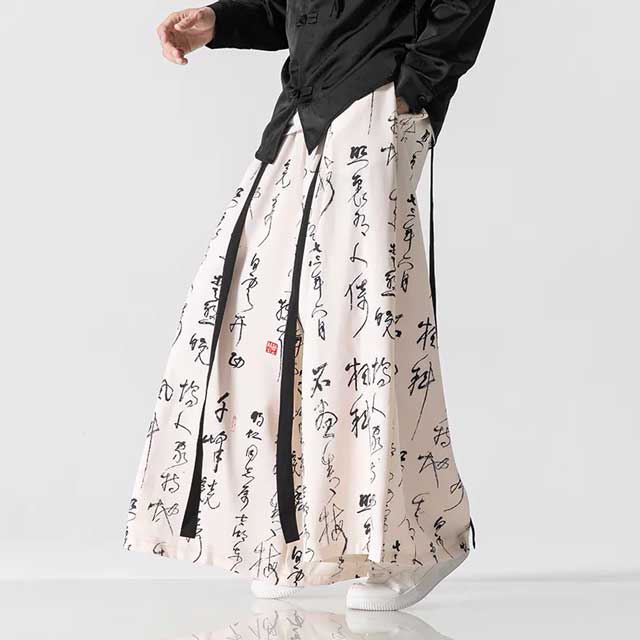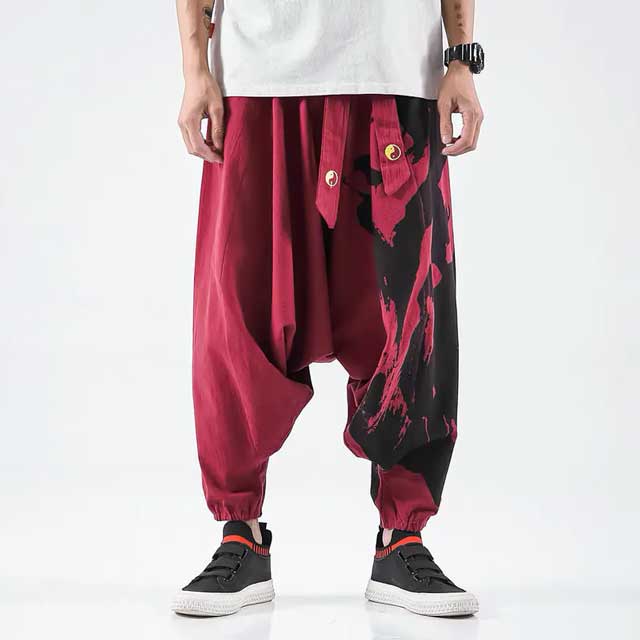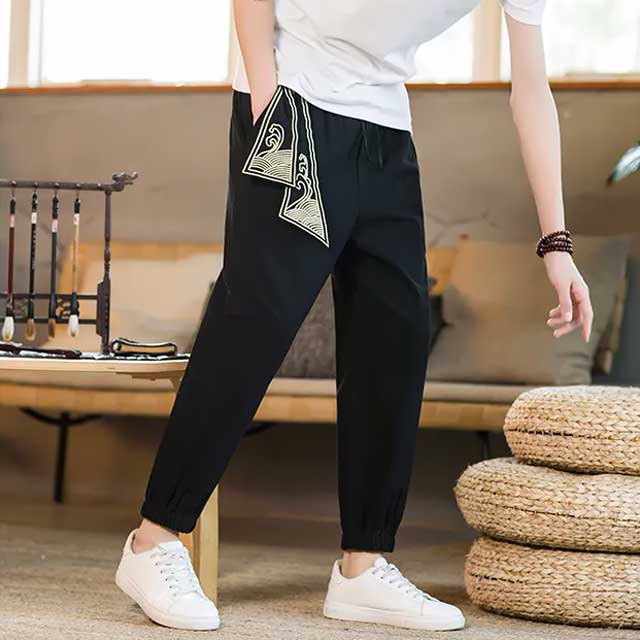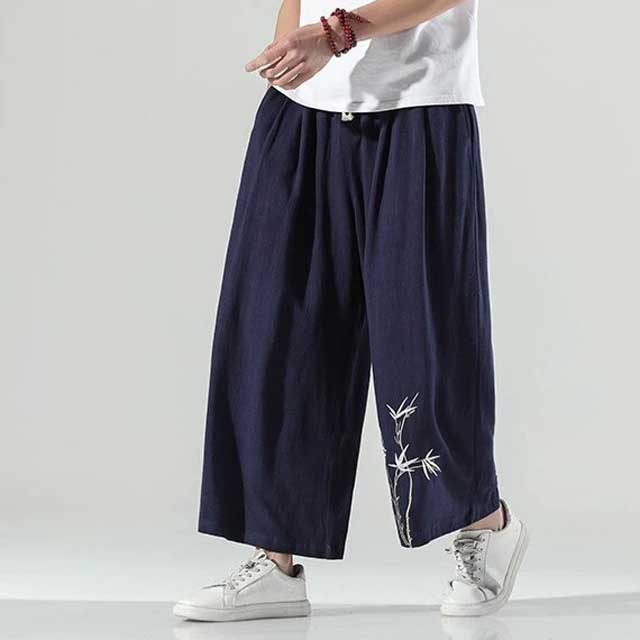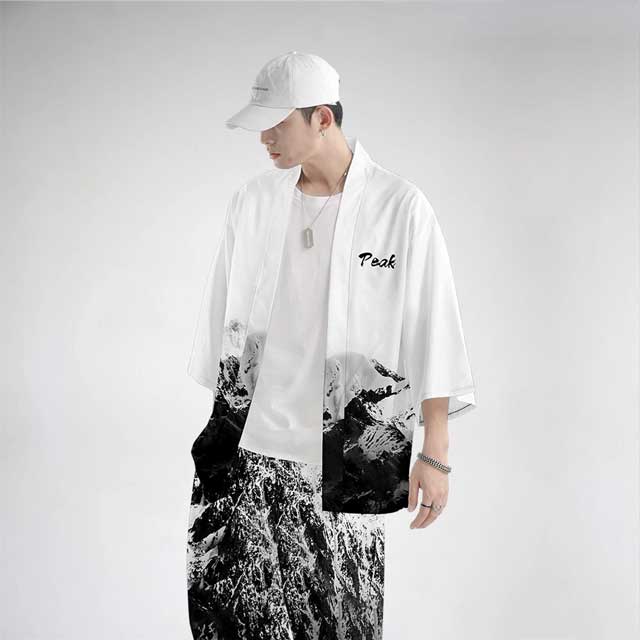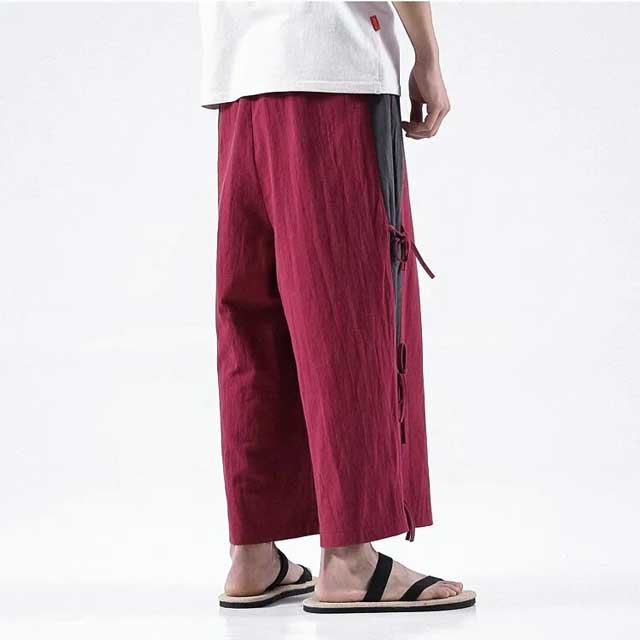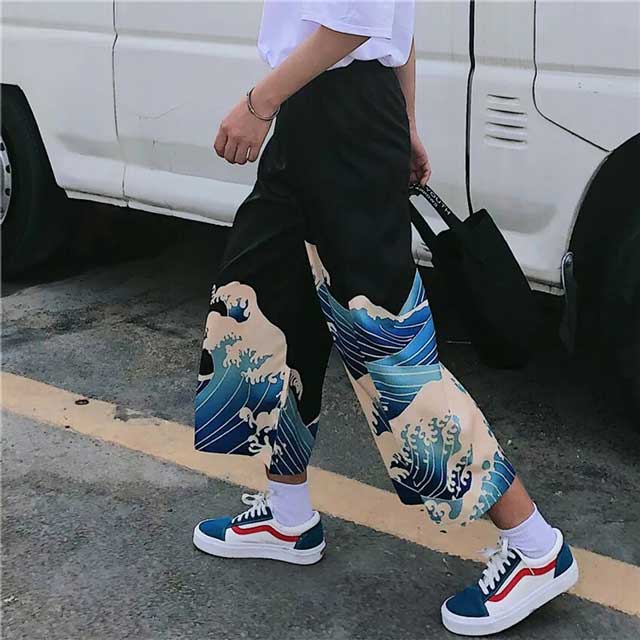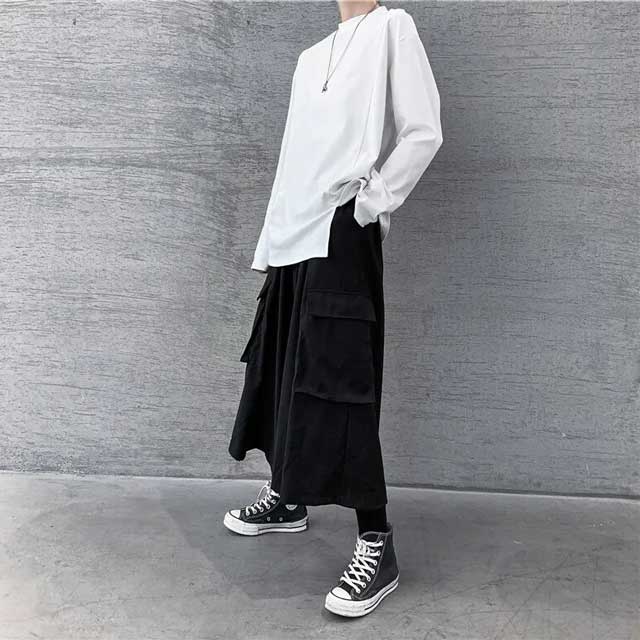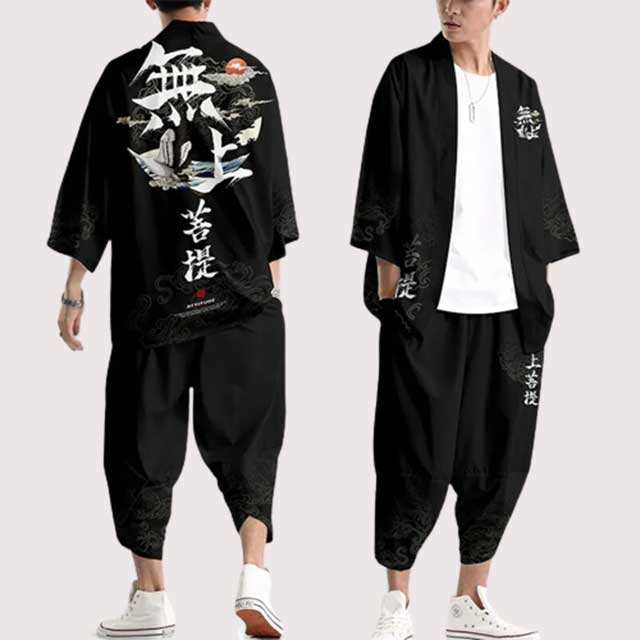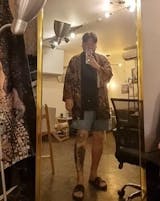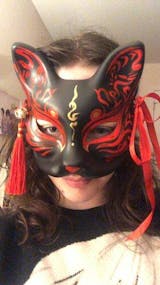Hakama: The Japanese Pants
What are Hakama Pants and How to Wear Them? Everything You Need to Know
Every culture has a tale to pass on to the next generation about why it is the way it is and how it came to be that way. So much can be said about a single item of historical clothing, and it's always a good idea to brush up on its facts and history. Traditional Japanese clothing comprises deceptively basic front and back panels with extra pleating and structure on either side. The hakama is the layer beneath the several layers that make up traditional clothing.
Hakama trousers are frequently worn with kimonos and are considered a must-have item in Japan. They're popular while also being quite traditional. The Hakama has come a long way since its initial appearance in the sixth century. Anyone visiting the far-away land of Japan cannot possibly miss them, from weddings to martial arts!
What do Hakama Pants Represent in History?
Originally worn by nobility, the hakama is now also worn by the public. The hakama is still extensively worn in Japan today, but it is less associated with graduation, marriage, and other religious events than with Samurai and martial arts, while it is still an important part of Kendo practice.
When you look at Hakama, you may see the pleated pattern. The most typical Hakama features five pleats in the front, with each pleat representing a different meaning.
The five front pleats represent:
- Humanity
- Justice
- courtesy
- Intelligence
- Belief
The five pleats' meanings are claimed to be based on Gorin Gojo, the five essential Confucian values and principles observed in Bushido, the Samurai code.
Furthermore, two pleats dangling from the trapezoid-shaped backplate component called Koshiita, which also have particular connotations, can be seen on the backside.
Loyalty and Filial piety are represented by the two rear pleats. These two ideas are thought to originate from the true spirit of the Samurai. The pleats at the front and rear appear to be purely decorative, yet they conceal extremely deep meanings. It plainly pertains to the martial arts Hakama since it is tied to Bushido, although any of the five pleated ones that are usually worn are based on these Confucian / Bushido ideals.
Who Wears Hakama Pants?
The Hakama in Aikido is necessary from the start of training, then optional during and after the war owing to its cost, and eventually reserved officially at the Aikikai for men from the first dan and women from the third kyu.
How to Wear Hakama Pants?
Except for yukata, the Japanese hakama can be worn with any form of kimono (light cotton summer kimono that is generally worn for relaxing, sleeping, or at festivals or summer outings). Stripes in colors other than black, grey, and white are frequently worn with less formal apparel, such as trousers and shirts, in contrast to black and grey hakama.
Because Japan has all four seasons, it's not surprising that their traditional apparel allows them to survive the winter. It has been discussed that a hakama is worn as a bottom and a kimono as a top, but what is worn as a coat to keep you warm? The solution is a "haori." A haori was used by Japanese warriors in the past to prevent freezing. It's now worn as a fashion statement throughout the colder months of January to March, almost as a jacket to complement the traditional attire.
How to Tie Hakama Pants?
If you already own a hakama and are having trouble finding out how to wear it, watch a video instruction on how to wear it. Don't worry about not understanding it right away; just as it's more difficult to make a hakama, wearing it is likewise more difficult than fitting a pair of trousers. When putting it on oneself, keep in mind that you should wear pants underneath the hakama.
- Wear your Hakama pants, paying close attention to the inner border to ensure that they are pulled up over the right legs. Hold on to the lengthy front belts of the Hakama. Pull the top border up to just below the belly button.
- Wrap the front belts all the way around your back and all the way back to the front of the Hakama.
- Cross the right belt under the left below the upper edge, then draw the belts back to the rear of the Hakama and tie a bow knot.
- Now, with the rear belts brought to the front of the Hakama and crossed under the upper edge once more, with the left belt under the right one, insert the trapeze-form back piece with the plastic clip behind the knots of the front belt.
- Pull the right-back Hakama belt underneath the left and under the front belts, then tie it in a knot with the left-back belt.
- Place the loose ends of the back belts through all of the belts on the sides from the top so that they are covered behind the Hakama's back.
Traditional Hakama Pants vs. Streetwear Style?
There are two primary types of Hakama: Umanori Hakama, which means horseback riding and appears like wide-leg pants, and Andon Hakama, which means lantern and is totally tubular and looks like a long skirt.
Hakama is now worn for a number of purposes. It is worn during weddings, coming-of-age ceremonies, graduation ceremonies, and other ceremonial events. Originally, Umanori Hakama, or pants, were worn in formal situations, but presently, more Andon Hakama, or skirts, are worn officially, mostly for comfort in the toilet.
Boots are the only permitted footwear under a kimono when wearing a hakama. Women are the only ones who have this luxury. During graduation ceremonies, young ladies frequently wear a hakama with furisodes. The boots worn beneath the hakama have a low heel and are quite fashionable.
Do you want to give Hakama a try now that you've learned so much about it and its history?

